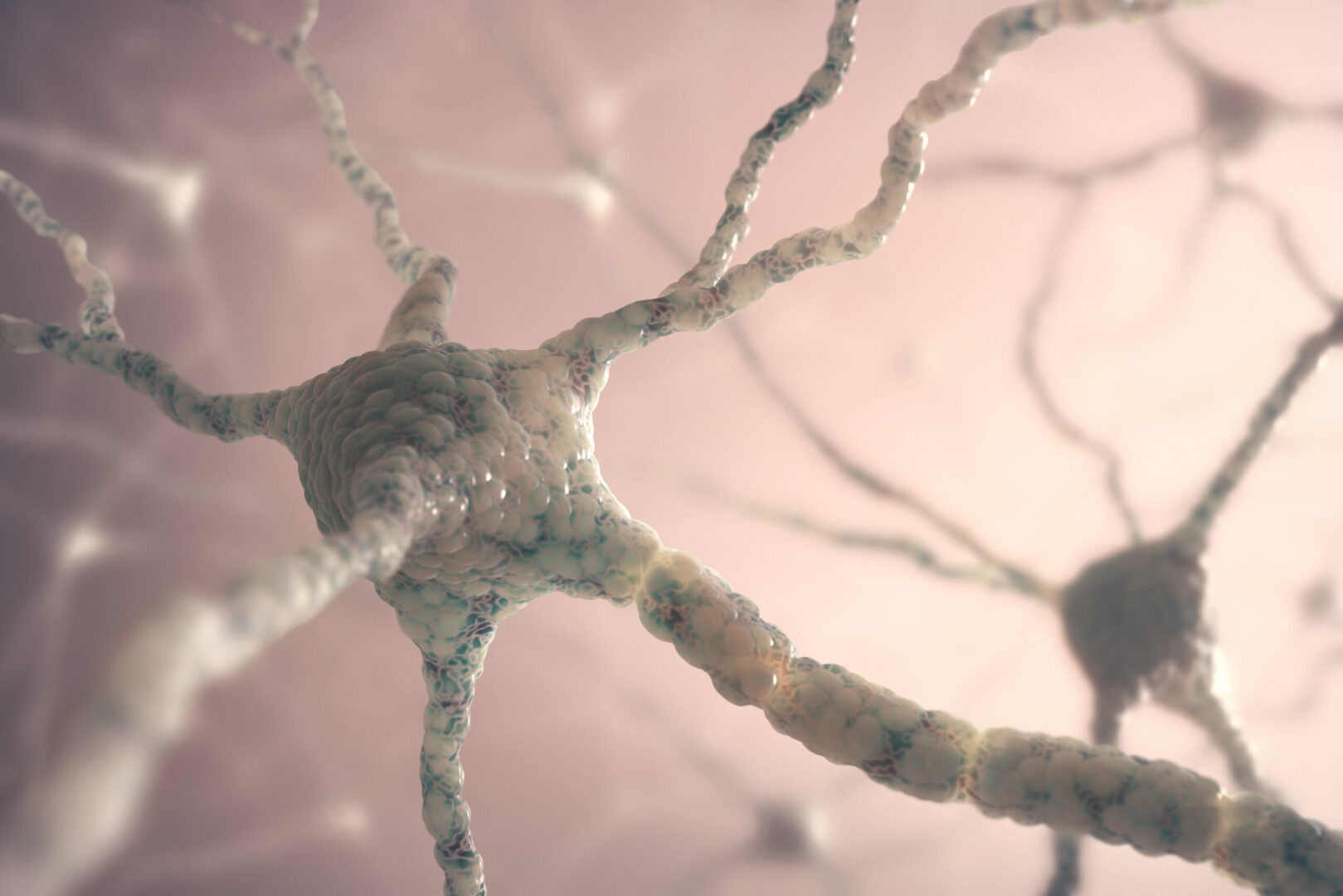Learning objectives
- Describe the pathophysiology of Amyotrophic lateral sclerosis (ALS)
- Signs and symptoms of ALS
- Anesthetic management of ALS
Definition and mechanisms
- Amyotrophic lateral sclerosis (ALS), also known as Lou Gehrig’s Disease, is a rare and progressive nervous system disease that affects nerve cells in the brain and spinal cord
- Resulting in the progressive loss of motor neurons that control voluntary muscles
- ALS often begins with muscle twitching and weakness in a limb, or slurred speech
- Eventually, ALS affects the control of the muscles needed to move, speak, eat, and breathe
- The most common cause of death for patients with ALS is respiratory failure
- On average, patients die within 3-5 years after symptoms begin
- There is no cure for this fatal disease
- Most ALS cases are considered sporadic, about 5-10% of all ALS cases are familial
Signs and symptoms
- Difficulty walking or doing normal daily activities
- Tripping and falling
- Weakness in the legs, feet, or ankles
- Hand weakness or clumsiness
- Slurred speech or trouble swallowing
- Muscle cramps and twitching (fasciculations) in the arms, shoulders, and tongue
- Inappropriate crying, laughing, or yawning
- Cognitive and behavioral changes
- Pulmonary/breathing problems:
- Shortness of breath
- Weak cough
- Difficulty clearing the throat and lungs
- Extra saliva
- Inability to lie flat in bed
- Repeated chest infections and pneumonia
- Respiratory failure
Symptoms with the progression of the disease:
- Not be able to stand or walk, get in or out of bed on their own
- Dysphagia
- Dysarthria
- Dyspnea
- Weight loss
- Malnourishment
- Muscle cramps and neuropathy
- Anxiety and depression
- Dementia
Risk factors
- Age: increases with age and is most commonly between 40 and 70
- Gender: males are more likely to develop ALS before the age of 65
- Race and ethnicity: Caucasians and non-Hispanics are most likely to develop the disease
- Heredity: in 5-10% of the cases
- Smoking
- Environmental toxin exposure: lead, pesticides such as Aldrin, Dieldrin, and DDT
- Military service
Complications
- Breathing problems requiring BiPAP or tracheostomy
- Difficulty with speaking
- Malnutrition and dehydration
- Dementia
Diagnosis
- EMG
- A nerve conduction study
- MRI
- Blood and urine tests
- Muscle biopsy
Treatment
The goal of treatment is to improve symptoms:
- Supportive health care:
- Physical therapy
- Nutritional counseling
- Speech therapy
- Assistive devices: splints, braces, grab bars,…
- Non-invasive ventilation
- Medications to manage symptoms including muscle cramps, stiffness, excess saliva, phlegm, unwanted episodes of crying and/or laughing, or other emotional displays
- FDA-approved medications:
- Riluzole (Rilutek)
- Edaravone (Radicava)
Anesthetic management
Preoperative and perioperative management
Postoperative management
- Transfer patient to ICU
- Administer paracetamol or NSAIDs postoperatively for pain management
- Avoid opioids because of respiratory depression
- Respiratory distress may require prolonged mechanical ventilation as well as re-intubation
- Be aware that weaning is often prolonged and difficult
- Consider that bulbar symptoms like dysphagia or dysarthria as well as cognitive impairment may lead to malnutrition and require intravenous or tube feeding
Suggested reading
- Gaik C, Wiesmann T. 2021Anaesthesia recommendations for Amyotrophic lateral sclerosis. Orphananesthesia.https://www.orphananesthesia.eu/en/rare-diseases/published-guidelines/amyotrophic-lateral-sclerosis/1684-amyotrophic-lateral-sclerosis-2/file.html
- Sarna R, Gupta A, Arora G. Amyotrophic lateral sclerosis and anaesthetic challenges: Perioperative lignocaine infusion-an aid. Indian J Anaesth. 2020;64(5):448-449.
- Thampi SM, David D, Chandy TT, Nandhakumar A. Anesthetic management of a patient with amyotrophic lateral sclerosis for transurethral resection of bladder tumor. Indian J Anaesth. 2013;57(2):197-199.
- Marsh, S., Pittard, A., 2011. Neuromuscular disorders and anaesthesia. Part 2: specific neuromuscular disorders. Continuing Education in Anaesthesia Critical Care & Pain 11, 119–123.
We would love to hear from you. If you should detect any errors, email us customerservice@nysora.com









